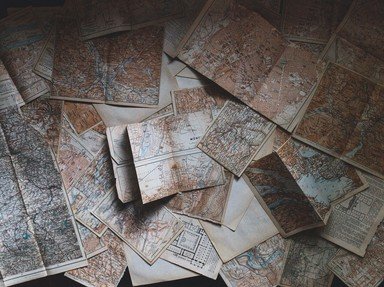Quiz Answer Key and Fun Facts
1. Who labeled the Eastern European bloc nations, controlled by the USSR, as the Iron Curtain?
2. After World War II this country had a coalition Government with Communists in control of key ministries. The Communists staged a coup when upcoming elections threatened their control. The final step was the murder of Jan Masaryk, son of a previous president. Which country was this?
3. Where were UK forces sent to thwart attempts by Communist rebel forces to gain control of the government?
4. What is the relationship of "Tempelhof" to East Germany and the the Iron Curtain?
5. The Warsaw Pact was the Iron Curtain equivalent of NATO. Which Iron Curtain nation was never a member of the Warsaw Pact?
6. One of the hallmarks of Iron Curtain countries was the shoddy merchandise they produced. Where was the notorious Trabant automobile built?
7. Which Iron Curtain country later aligned itself with China and its "Bamboo Curtain" due to ideological and political differences with Russia?
8. Which Iron Curtain country refused to join the Soviet Union's boycott of the 1984 Summer Olympics in Los Angeles?
9. The "Blood in the Pool" athletic contest in the 1956 Olympics was a battle between Russian athletes and those from which other Iron Curtain country?
10. Alexander Dubcek led a short-term liberalization of rule in which Iron Curtain country?
11. The collapse of the Iron Curtain was dramatic and swift. One of the first steps in the end of the Iron Curtain was the strike by Solidarity in Poland. Which city was the focal point of these strikes?
12. The leader of which Iron Curtain country was executed by a firing squad when the Iron Curtain fell?
13. Where did a wall of people holding hands stretching over 400 miles occur as a sign of protest against Russian domination?
14. One of the key events in the fall of East Germany occurred when which Iron Curtain country opened its border with Austria?
15. The final step in the dissolution of the Iron Curtain was the breakup of the Soviet Union into fifteen separate nations. The process was well underway when an attempted coup arrested President Mikhail Gorbachev. From where did Boris Yeltsin speak to stop the attempted overthrow?
Source: Author
SixShutouts66
This quiz was reviewed by FunTrivia editor
ponycargirl before going online.
Any errors found in FunTrivia content are routinely corrected through our feedback system.

